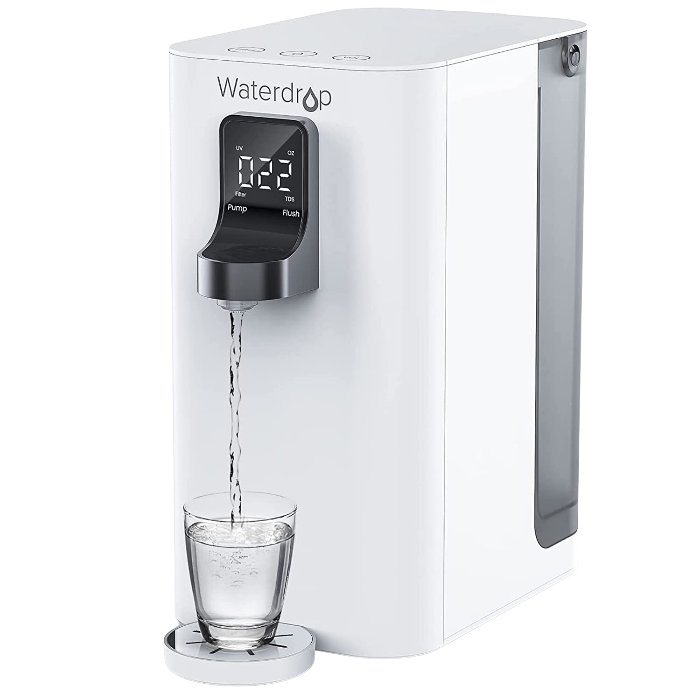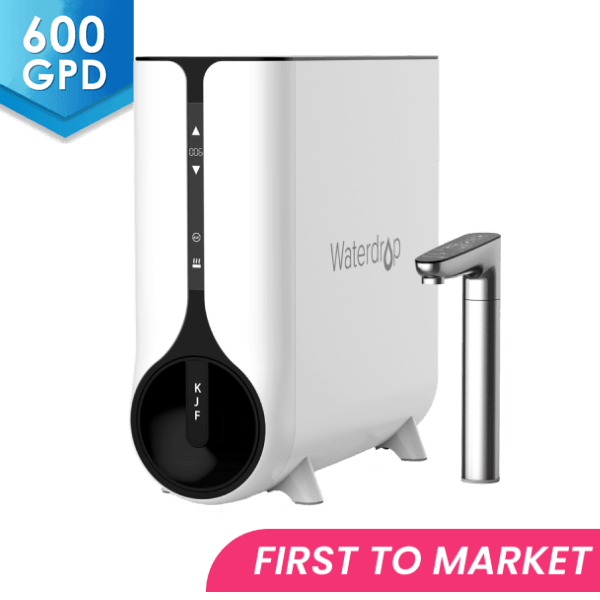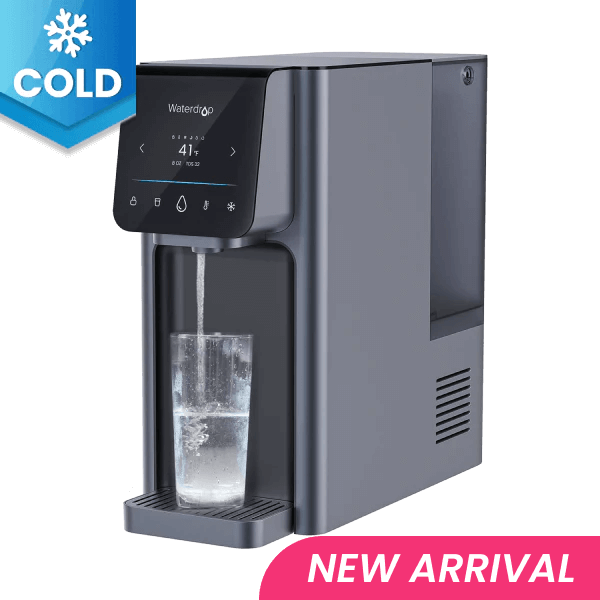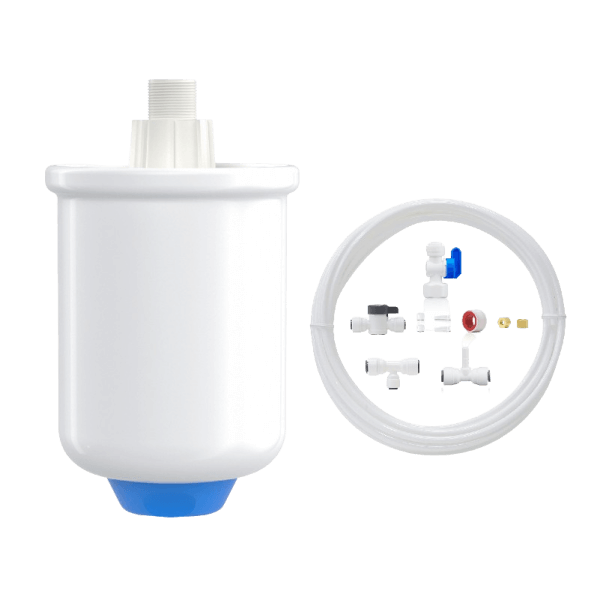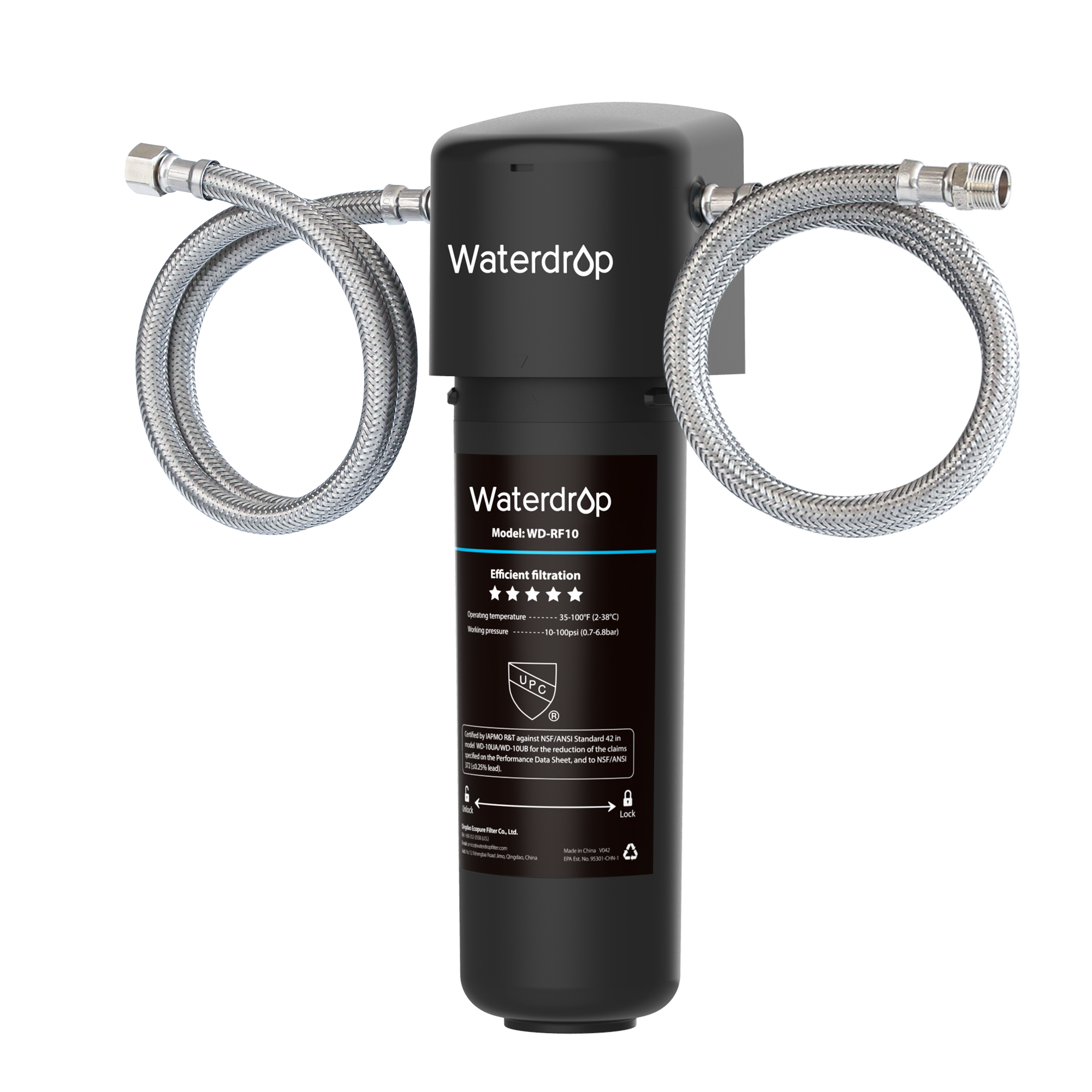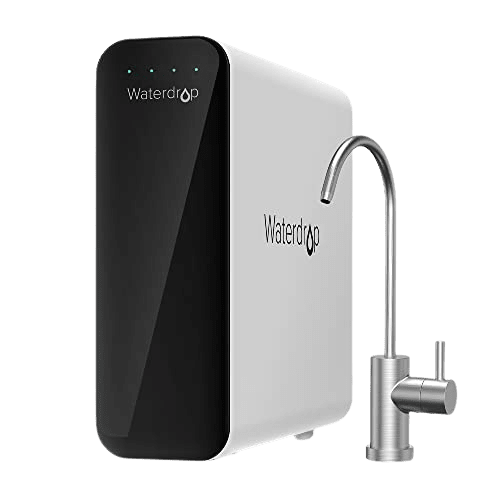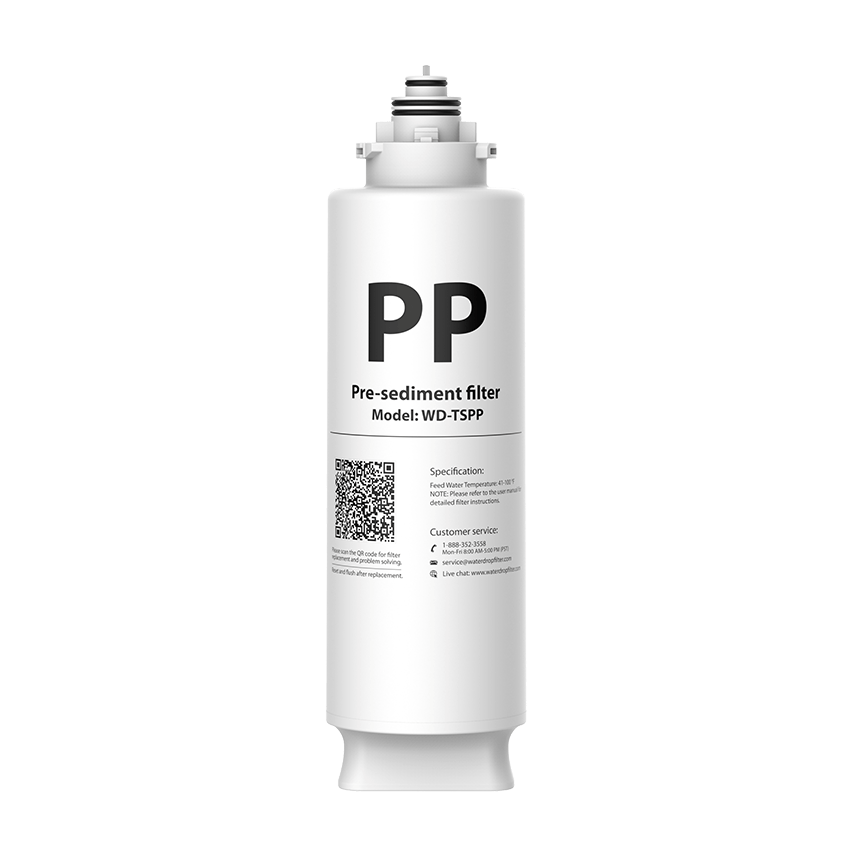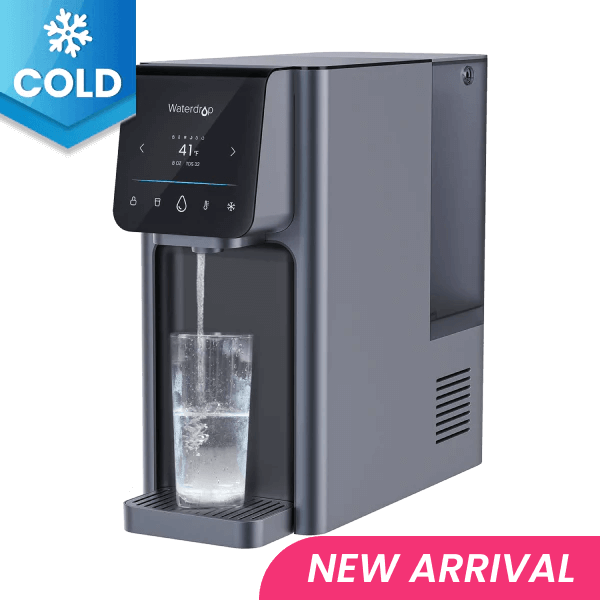Is Cold Water Bad for You?
由 Dr. Jonathan Doyle - Updated January 15, 2024
We closely monitor our everyday water use. Dietary
Reference Intakes (DRI) report by the National Academies comprehensively explains the recommended
nutritional consumption. According to the paper, it is recommended that a physically fit adult man should drink
around 3.7 liters of liquids per day. An adult female should aim for roughly 2.7 liters, including water from
meals.
Individuals also consider the water's temperature according to their tastes and
viewpoints on things connected to health. Cold plunges are gaining popularity as a wellness practice in the
United States. However, several health-conscious people choose warm water, believing it is more beneficial for
internal processes such as digestion. Additional cultural practices, such as traditional Chinese medicine, that
discourage the use of cold water might also influence their behavior. Are the purported detrimental impacts of
cold water universally valid, or are they only stereotypes? Can the use of warm water serve as a preventive
measure for these issues?
Hot and Cold Water Dispenser
If you have difficulty choosing between warm or cold water, use the A1 reverse
osmosis water filter from Waterdrop
filters . Which option is the most convenient when choosing the water temperature from different initial
temperatures? It offers a more excellent range of functions compared to a hot water heater and also is an
instant hot water dispenser.

The A1 water dispensers offer efficient filtration and the ability to adjust the
temperature according to your needs. An outstanding characteristic of this product is its precise temperature
regulation, ranging from a chilling 41°F to a scorching 203°F as a hot water dispenser. This broad temperature
range makes it perfect for various drinks like tea and coffee. Additionally, it offers five cup sizes and six
pre-set temperature options to cater to different tastes.
The excellent filtering system of this product guarantees the provision of clean
and safe water via the use of UV-LED sterilization and RO system. The LED panel conveniently displays
crucial information such as temperature and water quality. This gadget is a plug-and-play energy-efficient
solution that does not need any installation. Additionally, it is equipped with a child lock mechanism to
prevent improper usage and provides a display of different water temperatures for enhanced safety.
The Cold Plunge Practice
In recent times, cold plunges and clod water therapy have become more prevalent in
the United States as a means of rehabilitation or exercise, bringing attention to the application of icy water
and its potential health benefits. During this activity, individuals immerse themselves briefly in a container
or body of freezing water, usually at or below 10°C.
This will elicit various physiological responses that may facilitate circulation,
elevate mood, and promote healing. Proponents argue that it may reduce inflammation, enhance immunological
function, and improve sleep quality. The Nordic traditional ice bathing is considered one of the sources of many
hydrotherapy techniques, often associated with cold plunges in health regimens.

Different Choices of Cold Plunge
Cold submersion treatments are available in various forms, ranging from cold
plunges that can be done at home to sophisticated traditional cold plunge tub with exceptional water filtration
and precise temperature control. There are also in-ground systems that can be seamlessly integrated into outdoor
spaces, providing durability, personalized options, and improved water filtration and temperature control.
Portable ice baths have gained popularity due to their portability and ease of
movement. Despite having less insulation than permanent basins, they provide portable ice treatment, effectively
maintaining low temperatures and providing cost savings.
When the temperature of the aquatic environment requires it, external cooling units
are lowered into the arena. These devices are designed to upgrade more extensive pool systems or spas, allowing
for a rapid transition from warm to cold conditions. They improve the water quality by combining filtration
systems with UV germ elimination.
In addition to artificial reservoirs, there are other methods to experience the
healing advantages of an ice bath, such as brief hydro showers, immersing oneself in frozen lakes and streams,
or even creating a simple ice bath at home. These methods provide therapeutic advantages by inducing natural or
assisted body chilling, suitable for anyone seeking to include the rejuvenating effects of cold exposure into
their everyday health practices.

Benefits of Cold Plunge
Cold plunge benefits are various to the human body, such as managing hormones,
decreasing edema, and activating dopamine . This essay will focus on the primary attributes that attract
individuals to engage in it. It is crucial to remember that cold baths are not advisable for individuals of all
body types and should not be used recklessly or often. In order to proceed effectively, we need to adopt a
systematic approach, beginning with a comprehensive evaluation of our compatibility with this particular kind of
therapy.
Reduce Inflammation
Cold plunges may lead to vasoconstriction, which is the constriction of blood
vessels. This restriction may reduce blood flow to inflamed areas, reducing swelling and inflammation. Athletes
often immerse themselves in a cold plunge before or after a workout to decrease post-exercise inflammation and
accelerate recovery.
Decreased Stress and Enhanced Mood
When immersed in cold water, the body produces a significant amount of endorphins , which are
natural pain-relieving substances. This may induce euphoria, resulting in an uplifted mood. Over time, engaging
in this practice may enhance resilience, leading to reduced daily stress levels and diminished response to
stressors.

Increased Metabolism
A chilly plunge may elevate metabolic rate as the body expends more energy to
regulate its core temperature. Thermogenesis is initiated to produce body heat and increase calorie
expenditure. This could lead to metabolic alterations contributing to weight management and overall well-being.
Pain relief and Healing
Exposure to cold water may provide a calming effect without the adverse side
effects associated with some drugs. The numbing effect reduces joint pain and muscle pains. When coupled with
reduced inflammation after physical activity, this may expedite the healing process of injuries, lessen
recuperation duration, and improve overall physical preparedness.

Drinking Warm Water vs Cold Water
Which water temperature do you prefer to maintain hydration when thirsty - chilly
or warm? Although there is a common assumption that ice and cold water are detrimental to health, some still
have a hatred for hot or warm water. This is particularly true on scorching days or after vigorous physical
activity since a glass of chilled water promptly rejuvenates and elevates your mood.
To comprehend the effects of water temperature on our well-being, we will analyze
the advantages and disadvantages of consuming cold water, irrespective of whether you align with the preference
for warm water or cold water. Water temperature selection might vary depending on the water's qualities and
individual preferences.
Drinking Cold Water Benefits and Risks
Consuming cold water before, during, and after physical activity facilitates body
temperature regulation and enhances performance. Chilled water facilitates thermoregulation and lowers the
body's temperature.
When experiencing excessive sweating or dehydration, it is essential to note that a
decreased thirst does not always mean that the body has been adequately hydrated. According to the study , the
optimal temperature for replenishing water is 16°C.

There is a notion positing that the consumption of cold water may contribute to
weight reduction; nevertheless, the impact of water temperature on this process is minimal. Instead, the focus
should be on regulating one's dietary choices and augmenting water consumption to enhance metabolism and reduce
calorie intake.
To alleviate cold symptoms, individuals should consume warm or hot water instead of
cold water since the latter may lead to the thickening of mucus and exacerbate nasal congestion.
In addition, the consumption of cold or frozen water may lead to vasoconstriction
in the peripheral blood vessels and trigger aberrant nerve reflexes, both of which can exacerbate migraine
symptoms.
Drinking Warm Water Benefits and Risks
The therapeutic effects of warmth are well recognized for their support of brain
and spinal cord health and their ability to alleviate stress. Elevating the body's temperature may stimulate the
sweat glands, increasing sweat production. This process aids the body in expelling toxins using its pores,
promoting detoxification .
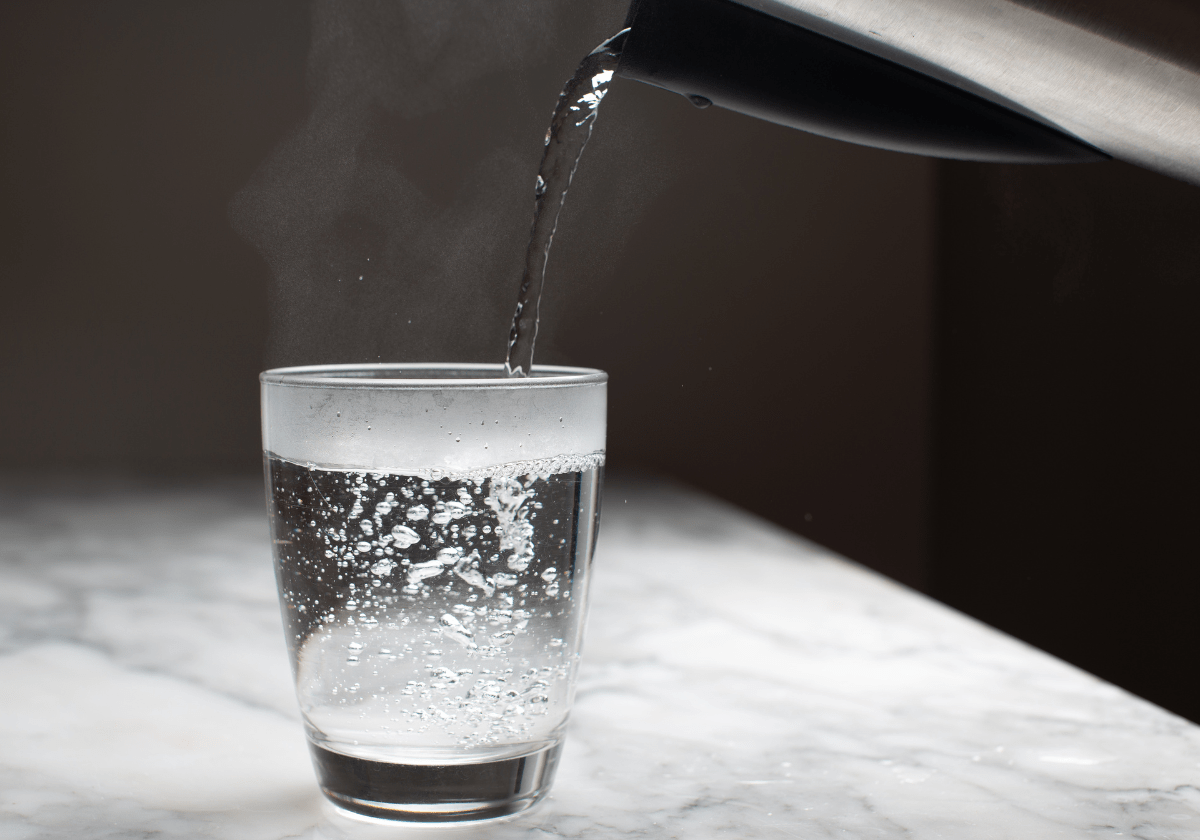
Occasionally, there may be better decisions than using warm water. Individuals with
particular throat or stomach conditions may experience discomfort while consuming beverages. Moreover, excessive
heat in the water could cause burns to the mouth or esophagus.
Conclusion
Given the individual variations in bodily constitution, temperature sensitivity,
and tolerance levels for warm and cold water, it is OK to use either warm or cold water as long as it does not
result in any pain.
In order to maintain good health, it is essential to cultivate the practice of
increasing daily water intake and using its temperature to enhance well-being. Nevertheless, rapidly acclimating
an individual used to cold water to warm water may reduce their inclination to consume water regularly. Optimal
determination of water temperature should be contingent upon practical circumstances and one's degree of
physical exertion.



